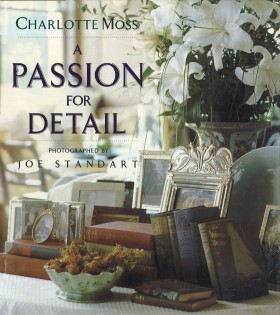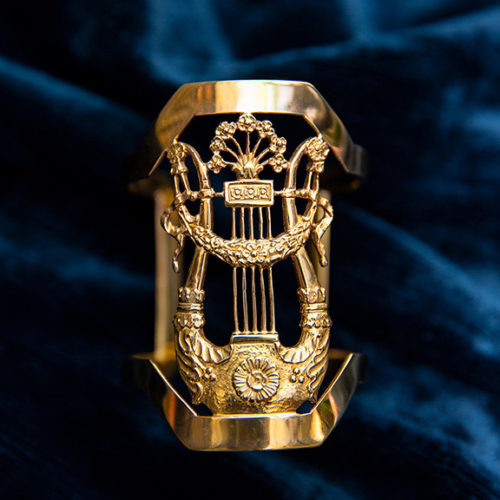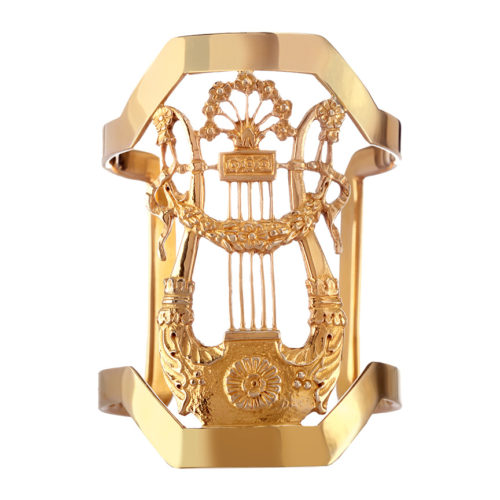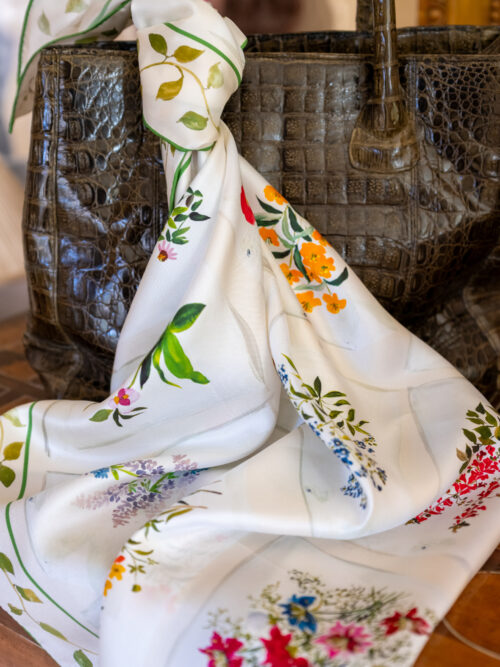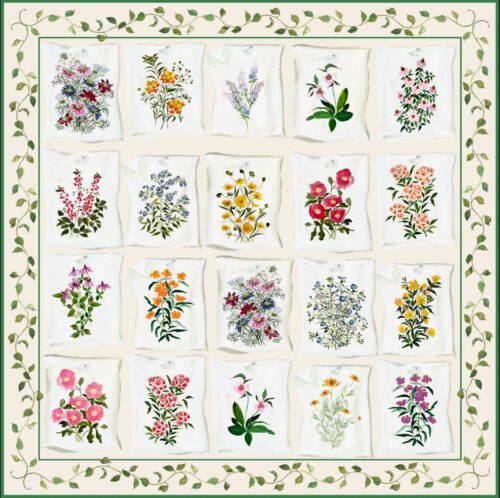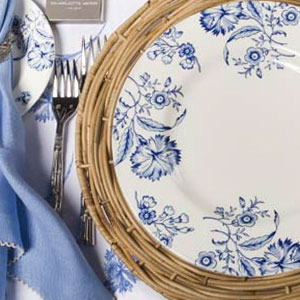-
Out of stock

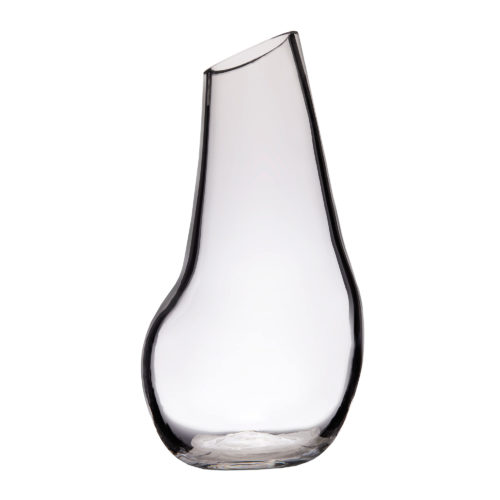 The elegant shape of the Lee raindrop vase compliments a single blossom, a bunch of sweet peas, a mixed bouquet, or a single casa blanca lily. 2.5" x 4.5"x 7.5"
The elegant shape of the Lee raindrop vase compliments a single blossom, a bunch of sweet peas, a mixed bouquet, or a single casa blanca lily. 2.5" x 4.5"x 7.5" -
Sale!Out of stock
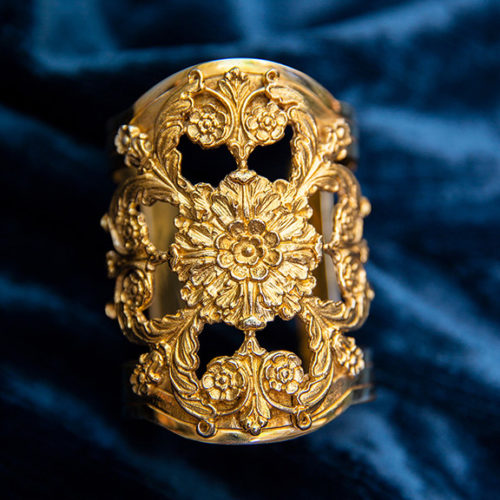
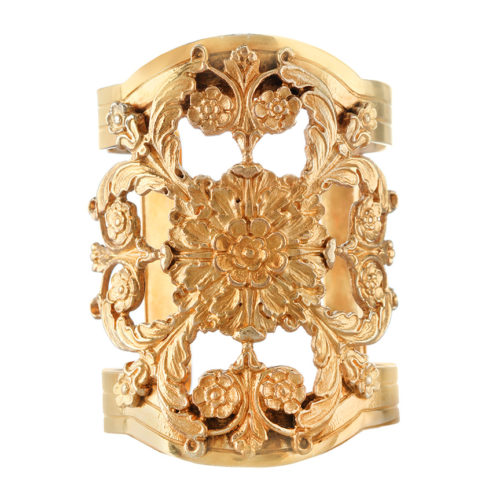 The Acanthus cuff features architecture’s most celebrated foliage. The use of the acanthus in architecture traces its origins to the Greco-Roman world. Textiles, manuscripts, and ironwork have incorporated the motif that has come to stand for strength and immortality. Comes in a 24k gold on bronze finish. 3.5" H x 2.5" Diameter
The Acanthus cuff features architecture’s most celebrated foliage. The use of the acanthus in architecture traces its origins to the Greco-Roman world. Textiles, manuscripts, and ironwork have incorporated the motif that has come to stand for strength and immortality. Comes in a 24k gold on bronze finish. 3.5" H x 2.5" Diameter -
Sale!Out of stock
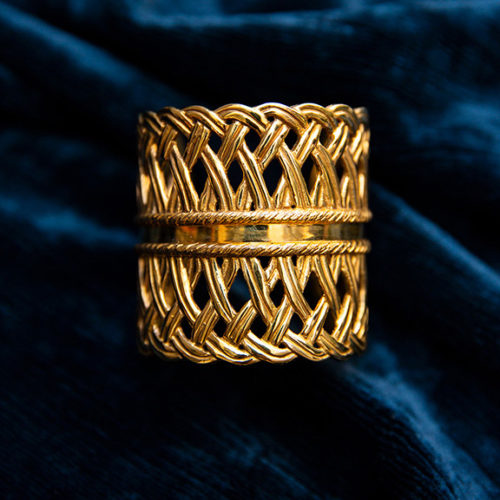
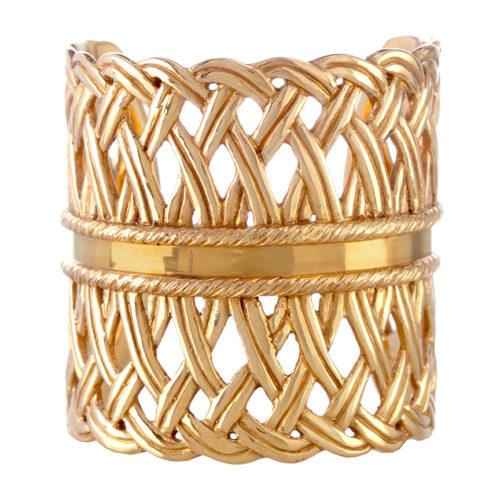 A craft thought to be 10,000 years old, basketweaving has a diverse and storied history. As Charlotte collects baskets whenever she travels, this was a natural in this collection. Charlotte prefers wearing two; one on each wrist. Comes in a 24k gold on bronze finish. 3.5" H x 2.5" Diameter
A craft thought to be 10,000 years old, basketweaving has a diverse and storied history. As Charlotte collects baskets whenever she travels, this was a natural in this collection. Charlotte prefers wearing two; one on each wrist. Comes in a 24k gold on bronze finish. 3.5" H x 2.5" Diameter -
Sale!
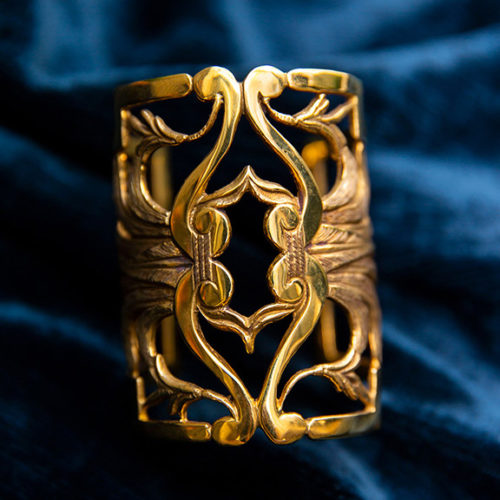
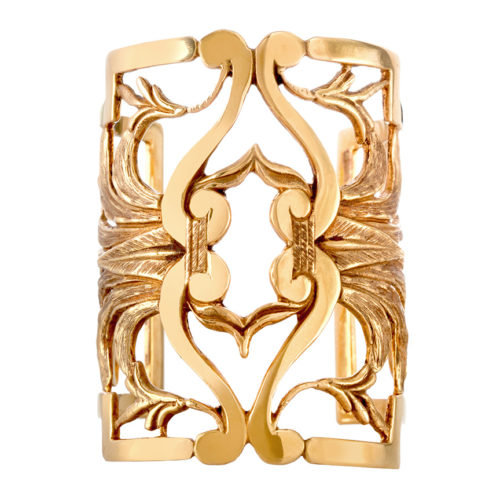 Empire palmette furniture appliqués transcend their original function to create an openwork cuff by mirroring the motif. Rooted in ancient Egypt and France, the palmette was widely used during the Empire period as a symbol of elegance. Comes in a 24k gold on bronze finish. 3.5" H x 2.5" Diameter
Empire palmette furniture appliqués transcend their original function to create an openwork cuff by mirroring the motif. Rooted in ancient Egypt and France, the palmette was widely used during the Empire period as a symbol of elegance. Comes in a 24k gold on bronze finish. 3.5" H x 2.5" Diameter -
Sale!Out of stock
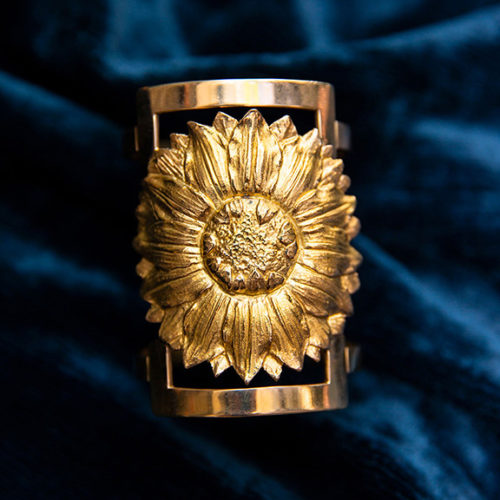
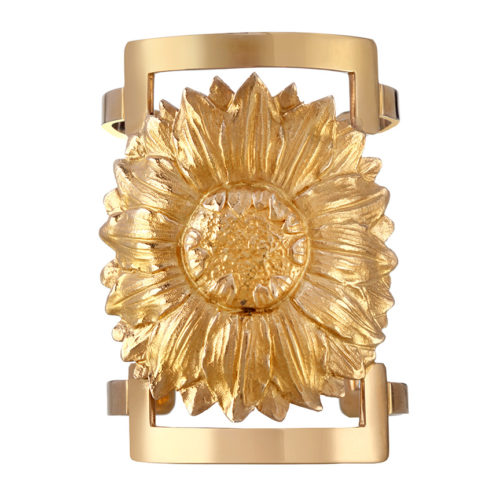 A symbol of loyalty, longevity, warmth, and positivity, the sunflower has a long heritage in the decorative arts. The sunflower has been a part of the P.E. Guerin collection since the beginning and with this cuff, we continue the tradition. Comes in a 24k gold on bronze finish. 3.5" H x 2.5" Diameter
A symbol of loyalty, longevity, warmth, and positivity, the sunflower has a long heritage in the decorative arts. The sunflower has been a part of the P.E. Guerin collection since the beginning and with this cuff, we continue the tradition. Comes in a 24k gold on bronze finish. 3.5" H x 2.5" Diameter -
Sale!
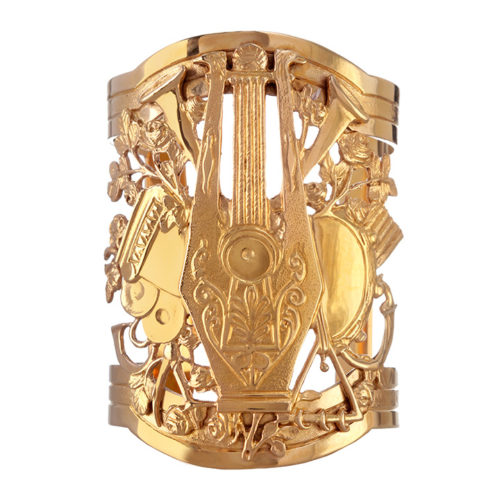 A former furniture appliqué, this 19th-century “Symbol” highlights an assortment of items designating a guild. The Symbol of the musical arts features a lyre, horns, and drums on a field of rose branches. Comes in a 24k gold on bronze finish. 3.5" H x 2.5" Diameter
A former furniture appliqué, this 19th-century “Symbol” highlights an assortment of items designating a guild. The Symbol of the musical arts features a lyre, horns, and drums on a field of rose branches. Comes in a 24k gold on bronze finish. 3.5" H x 2.5" Diameter -
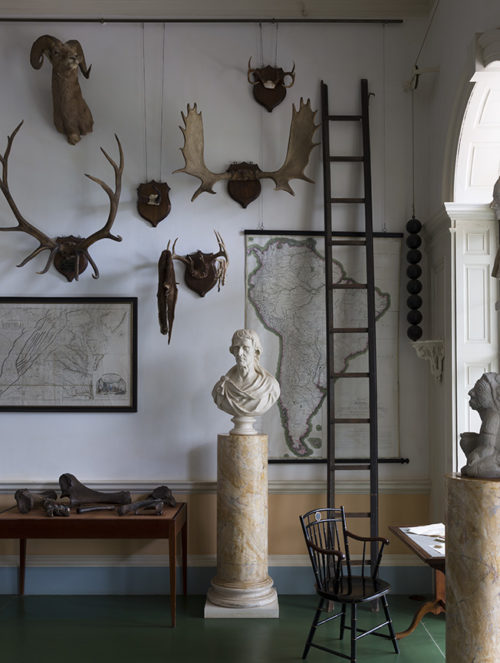

Please purchase at Monticello's website here.
Edited by Leslie Greene Bowman and Charlotte Moss, Photographs by Miguel Flores-Vianna, Contributions by Annette Gordon-Reed and Jon Meacham This visually stunning volume explores Monticello, both house and plantation, with texts that present a current assessment of Jefferson’s cultural contributions to his noteworthy home and the fledgling country. Thomas Jefferson (1743–1826), third president of the United States, designed his Virginia residence with innovations that were progressive, even unprecedented, in the new world. Six acclaimed arts and cultural luminaries pay homage to Jefferson, citing his work at Monticello as testament to his genius in art, culture, and science, from his adaptation of Palladian architecture, his sweeping vision for landscape design, his experimental gardens, and his passion for French wine and cuisine to his eclectic mix of European and American art and artifacts and the creation of the country’s seminal library. Each writer considers the important role, and the painful reality, of Jefferson’s enslaved workforce, which made his lifestyle and plantation possible. This book, illustrated with superb photography by Miguel Flores-Vianna, is a necessary addition to the libraries of those who love historical architecture and landscape design, art and cultural history, and the lives of prominent Americans.


